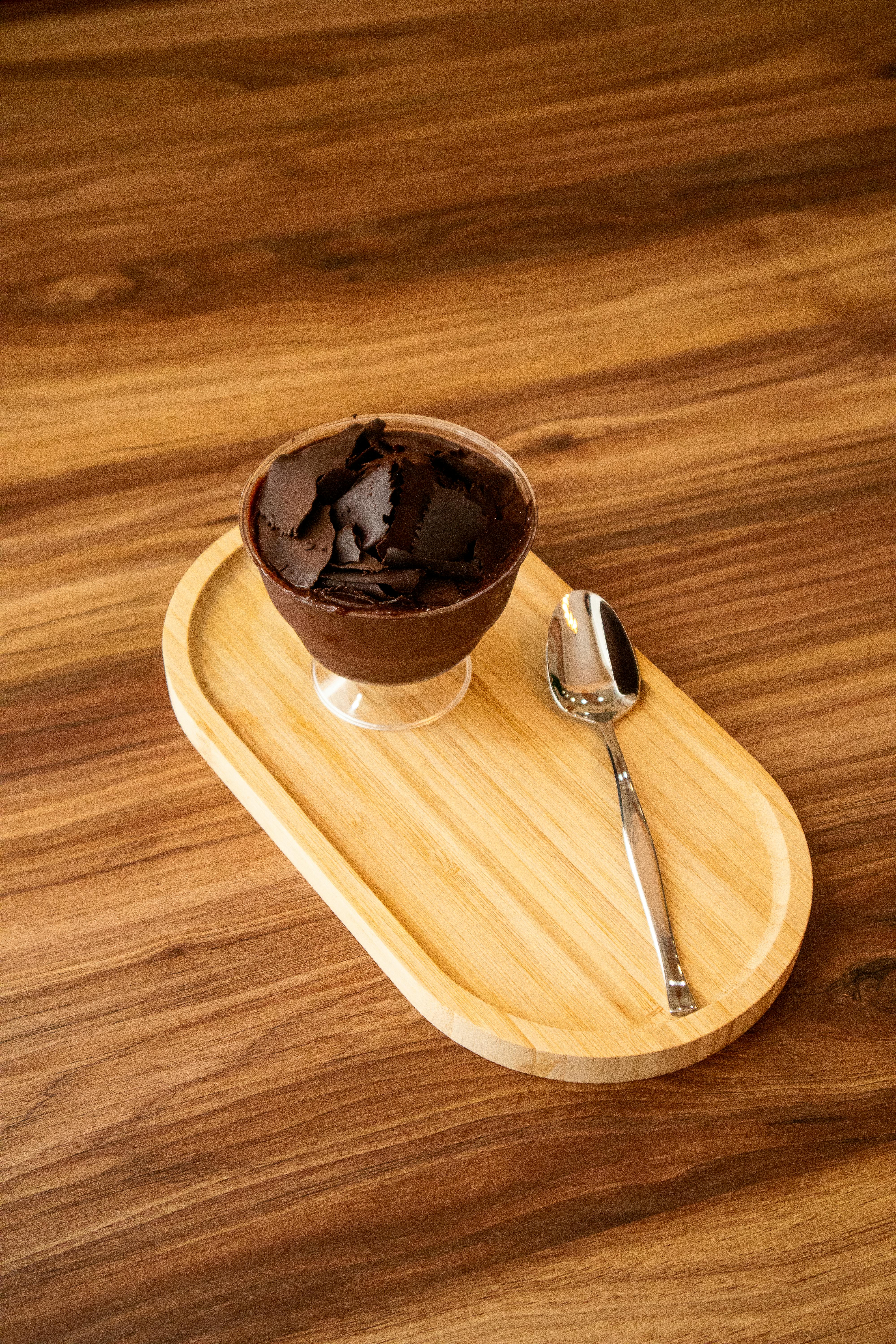Apply Now
How to Maximize Protein from Shrimp while Minimizing Carbs
Understanding Shrimp Nutrition Facts
Shrimp are renowned for their impressive nutritional profile, particularly their high protein content and low carbohydrate levels. As a protein-rich seafood option, shrimp provide an excellent source of nutrition for various diets, including low-carb and ketogenic regimes. On average, a 3-ounce serving of cooked shrimp contains around 20 grams of protein and only 1 gram of carbohydrates, making it an ideal choice for those seeking to maximize protein intake while minimizing carbs.
Additionally, shrimp are low in calories, contributing to their appeal for weight-loss individuals. Holding vitamins and minerals such as Vitamin B12, iodine, and selenium, they offer various health benefits, enhancing bodily functions and supporting overall well-being. Nevertheless, it's important to consider the shrimp preparation methods to maintain their nutritional integrity while avoiding additional carb sources through accompanying ingredients.
For more detailed nutritional insights and health benefits of shrimp, please refer to our shrimp dietary information guide.
Benefits of Consuming Shrimp in Your Diet
Incorporating shrimp into your meal plan offers multifaceted advantages. Beyond being low-carb, shrimp boast several health benefits. They support muscle growth and repair due to their high protein content, making shrimp an excellent option for athletes and fitness enthusiasts. The omega-3 fatty acids found in shrimp also contribute to heart health by reducing inflammation and supporting healthy cholesterol levels.
Moreover, shrimp are rich in antioxidants, which help fight oxidative stress. For those conscious of maintaining a balanced diet, shrimp serve as a versatile ingredient that can be integrated into a variety of dishes—from salads to soups and even grilled dishes.
To further explore the health recommendations surrounding shrimp, you can delve into our comprehensive guide on shrimp and cholesterol.
Optimal Shrimp Cooking Techniques for Nutrition
Maximizing the nutritional benefits of shrimp involves selecting proper cooking techniques that preserve their health properties. Boiling, steaming, or grilling shrimp are preferred methods as they maintain the shrimp's flavor while minimizing the need for additional fats that may add carbs. Cooking shrimp quickly is vital to retaining their moisture and tenderness, which is often lost with overcooking.
Avoid using heavy sauces or breading that may introduce unnecessary carbs while cooking. Instead, consider seasoning shrimp with herbs and spices for added flavor without impacting their carb content. For quick, healthy shrimp recipes, explore our collection of shrimp dishes ideas that emphasize low-carb cooking methods.
Comparing Shrimp with Other Seafood Options
When evaluating shrimp against other seafood types, it's clear that shrimp hold a strong position as a low-carb, high-protein choice. Many other seafood options, including fish, may also be low in carbs, but shrimp offer a unique flavor and texture, making them a preferred ingredient in various culinary traditions.
For instance, while salmon is rich in healthy fats, shrimp provide a leaner protein alternative that can be beneficial for those watching their fat intake. Exploring shrimp as a staple in your diet allows for creative meal planning and a chance to enjoy its culinary versatility. If you want to understand more about the distinctions between shrimp and other seafood, consider our deep dive into shrimp vs other seafood.
Practical Tips for Incorporating Shrimp into Meals
Meal Planning with Shrimp
Planning meals around shrimp is easy due to its adaptability. Whether you're preparing shrimp salad, shrimp soup, or combining shrimp with veggies in a stir-fry, the options are endless. Pairing shrimp with non-starchy vegetables allows you to maintain a low-carb meal.
For meal prep, consider cooking shrimp in batches and freezing portions for convenient access throughout the week. This not only saves time but also encourages adherence to your dietary plan. Our shrimp meal prep guide offers insights on how to store and prepare shrimp effectively for a nutritious diet.
Delicious Shrimp Serving Suggestions
When serving shrimp, pairing it with complementary flavors can elevate your meals. Shrimp dishes can serve as the main protein or as an addition to salads and side dishes. Experimenting with different seasonings, marinades, and sauces (made from low-carb ingredients) can enhance the shrimp while keeping your carbohydrate intake low.
Try creating shrimp tacos using lettuce leaves instead of tortillas or serve shrimp over a bed of cauliflower rice for an inventive take on a traditional meal. These alternatives not only keep carbs in check but also satisfy craving for comfort foods.
Avoiding Common Shrimp Preparation Mistakes
Despite its health perks, there are common mistakes when preparing shrimp that can diminish its benefits. Overcooking shrimp can lead to a rubbery texture and loss of moisture. Ensure that shrimp are cooked just until they turn opaque for optimal taste and nutritional value.
Additionally, avoid pairing shrimp with high-carb sides or sauces. Focusing on fresh, whole food ingredients will enhance the health benefits while keeping the meal low in carbohydrates. Our guide on shrimp cooking tips elaborates on best practices to keep grand flavor and nutrition consistent.
Addressing Shrimp Allergens and Safety Tips
Shrimp Allergy Precautions
Shrimp can be a common allergen, triggering reactions in some individuals. Understanding shrimp allergens is essential for safely incorporating it into your diet. If you're new to shrimp, it’s prudent to first consume a small serving and monitor for any adverse reactions, particularly if you have a shellfish allergy.
Being informed about shrimp sourcing can help you choose shrimp with fewer antibiotics and better farming practices, which in turn may reduce health risks associated with allergies.
Shrimp Food Safety Guidelines
Maintaining food safety when handling shrimp is crucial. Always thaw frozen shrimp in the refrigerator, and refrain from letting shrimp sit at room temperature. Cooking shrimp to an internal temperature of 145°F ensures it is safe to consume.
Follow recommended shrimp seafood guidelines to ensure freshness and quality, thus maximizing the health benefits of your meals. Our seafood nutritional value guide provides extensive insights on shrimp safety and handling practices.
Final Thoughts on Shrimp Nutrition
Shrimp are a powerhouse in terms of protein content, providing a low-carb option for those looking to enhance their diets while minimizing carbohydrate intake. Integrating shrimp into your meals—by understanding their nutritional profile, employing effective cooking methods, and remaining aware of safety tips—can lay the groundwork for a healthy meal plan.
For further shrimp meal ideas, including quick recipes and dietary tips, don’t forget to check our collection of shrimp recipes that focus on quick, healthy, and innovative uses of shrimp in your everyday dining.

 Its part of generated content. Can i generate another part?
Its part of generated content. Can i generate another part?

 Its part of generated content. Can i generate another part?
Its part of generated content. Can i generate another part? 